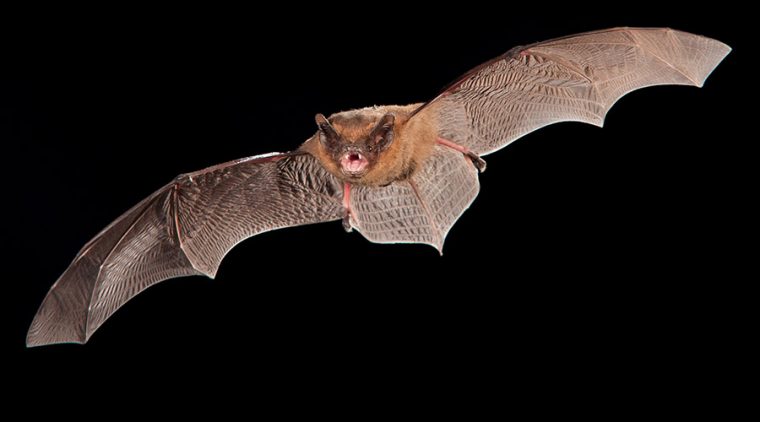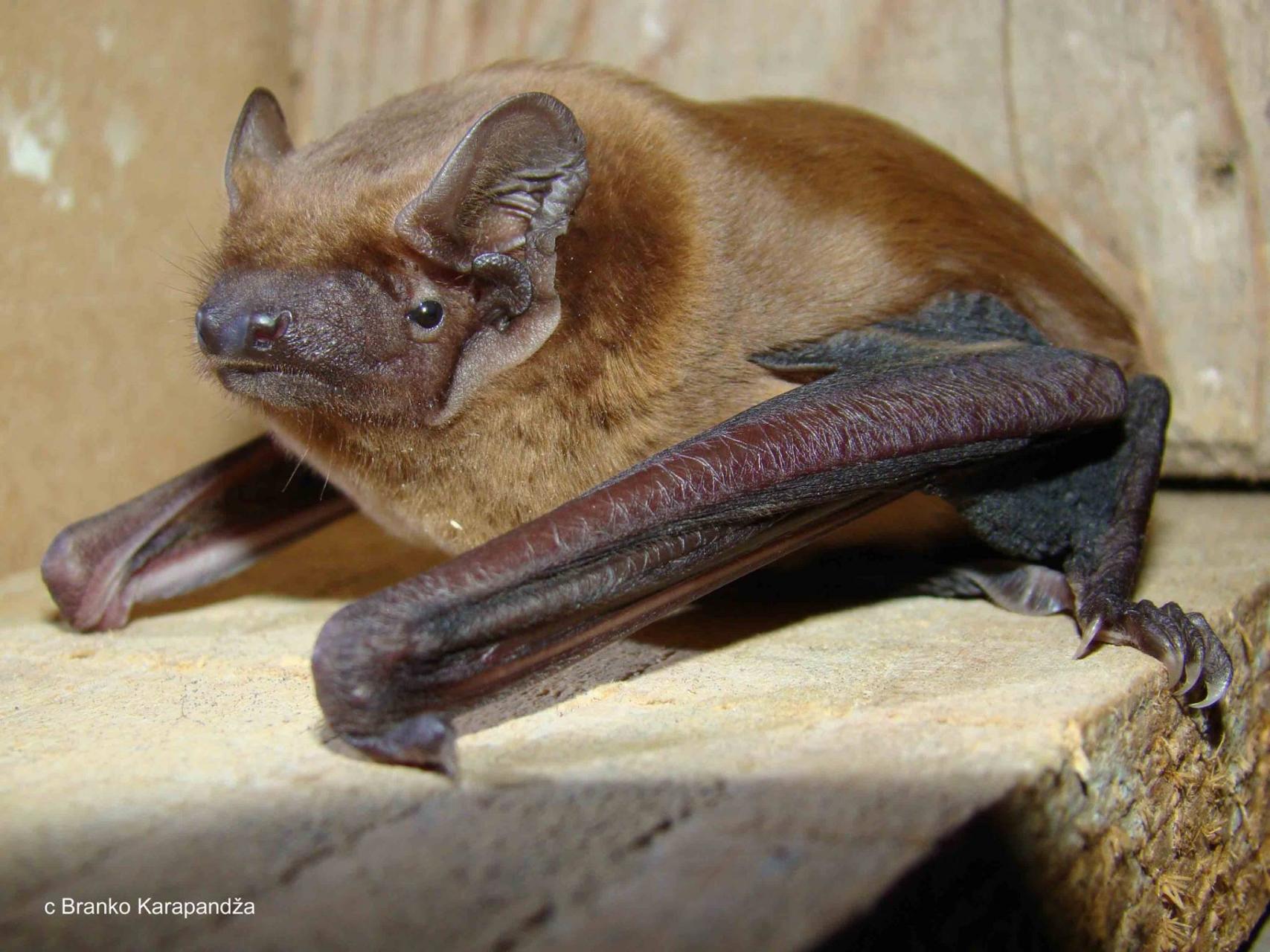Winter Wildlife Talks
We're delighted to be joined by three wildlife experts in the early months of next year
RSPB Big Garden Birdwatch - Sunday 26th January, 12-1.30pm
Come and join us as we throw open the doors of the hide at Rushy Common nature reserve to participate in the RSPB’s annual Big Garden Birdwatch. For one hour we’ll count the total number of each species we see. The data will help identify not only the species using the site but will help establish trends and determine just how the birds and wildlife are doing.
You’ll also be able to learn more about the Lower Windrush Valley Project and how we look after the nature reserve. New and inexperienced birders especially welcome. Be part of the world’s largest wildlife survey and help count the wildlife that’s counting on us!
Getting here: The Rushy Common car park is on Cogges Lane, a single-track road that runs from Cogges to Stanton Harcourt. The Ordnance Survey grid reference is SP 381 074 and the nearest post code is OX29 6UJ.
https://www.facebook.com/events/457533748481459/
We will also be running our popular Gill Mill Quarry tour later in the year, so look out for emails with information on signing up in the spring, as well as other events that we'll be putting on later in the year!
























